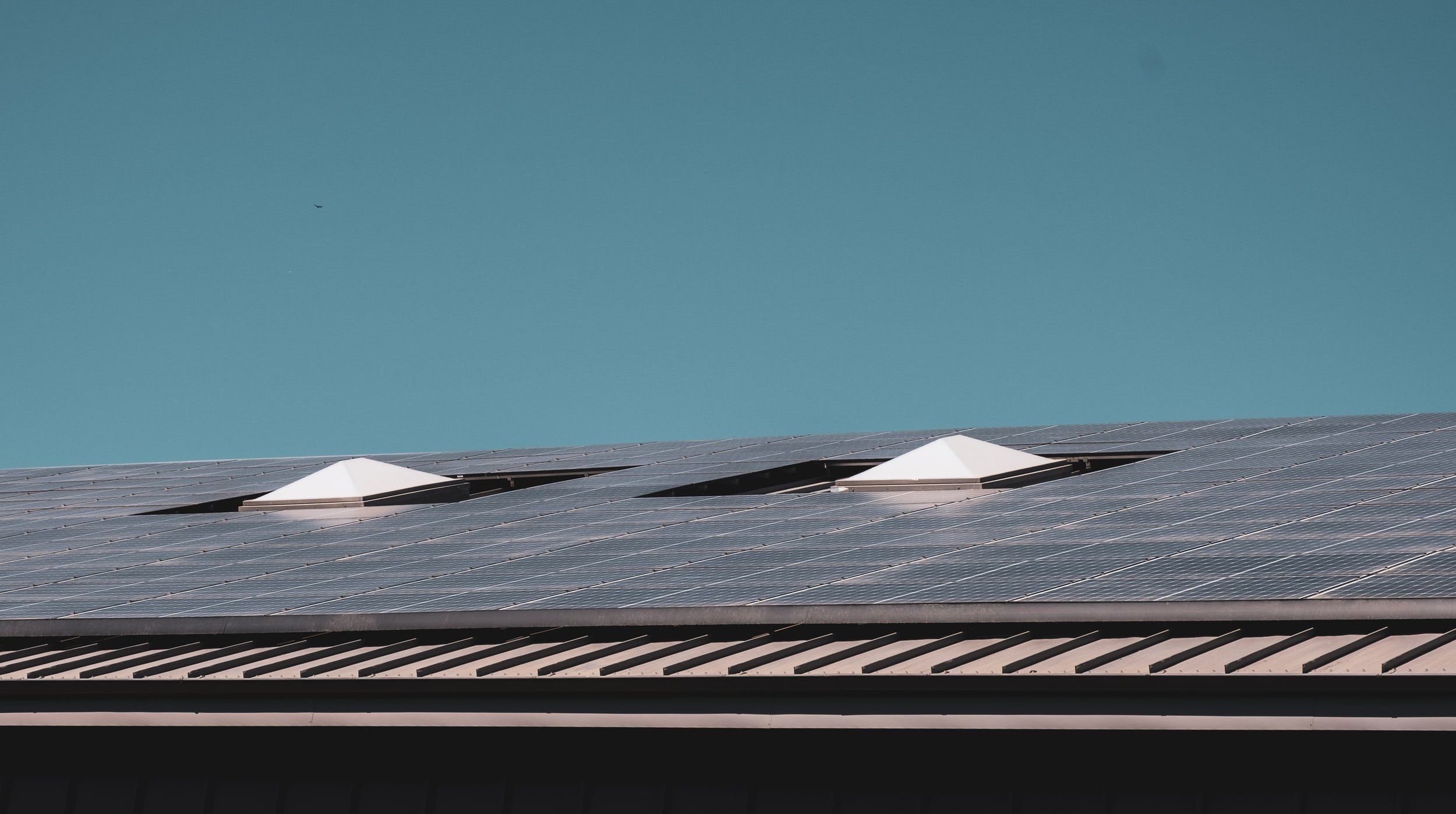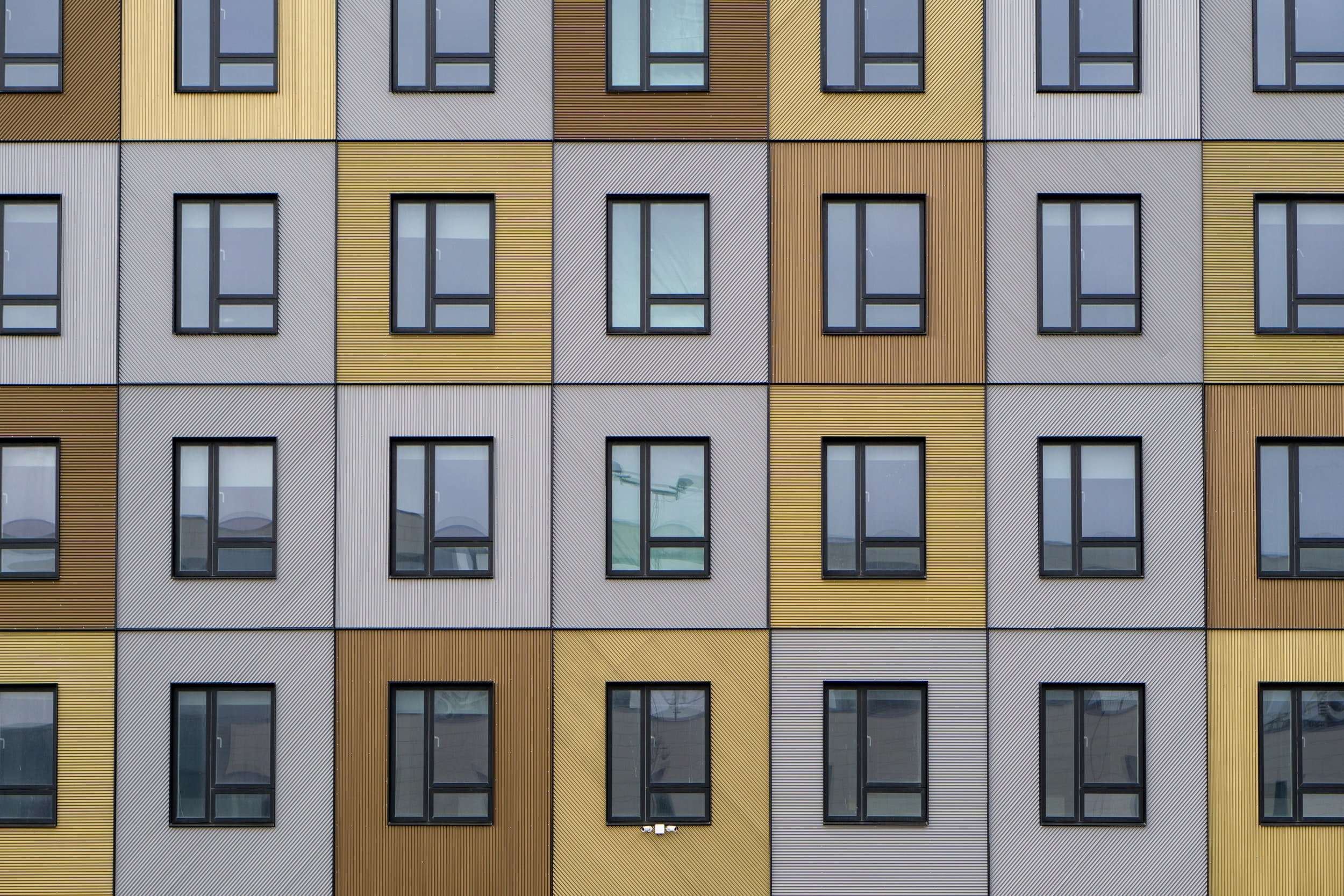Sustainability is on the minds of people everywhere. Everyone is looking for reusable products and greener energy to help the planet thrive. Because climate change has become increasingly noticeable, they’re more interested in the Earth’s health now than ever. You have a part to play in reducing your carbon footprint. While you could do this with a different car or reusable straws, the best places to start are homes, larger structures, and what powers them.
Are you looking to design or remodel a house with eco-friendly electricity? Here are eight tips for creating energy-efficient buildings.
1. Location
The land you’re constructing on is essential to sustainability. Because of excessive development, the United States alone has lost 24 million acres of natural space in just 16 years. That’s about the same size as nine Grand Canyons' worth of land. Energy efficiency will be difficult if you’re building in an undeveloped area. You’ll have to install power cables and pipes while using gas-powered machinery.
How you construct your building matters as much to the environment as while it’s up and running. For better sustainability practices, think about using developed land. Everything you need will most likely already be there and the impact will be smaller if you do need to excavate anything.
2. Sunlight
You can easily use light to heat your home instead of using electricity. If you are building a new home, office building, or apartment complex, consider how you’re designing the space. In places that need heat, use the orientation to maximize how much light can come in.
Additionally, for buildings that want to stay cooler, design them so the windows face a direction that lets in non-direct light. This will allow some natural brightness without the need for extra air conditioning.
Designing with sunlight in mind can help you increase energy efficiency. Using this natural supply will reduce how much you need to spend heating a building.
3. Power Sources
As you can imagine, your electricity source is a significant environmental factor. When you use traditional electricity, those providing it are burning fossil fuels and using water to create your power. These can have very adverse effects on the Earth. Scientists know fossil fuels are contributing to climate change and that natural, clean water is getting harder to come by.
Instead of using regular electricity, incorporate renewable energy into your design. These help you both become energy independent and minimize your building’s impact. Additionally, finding ways to conserve energy are very helpful. Turn off lights when you don’t need them and make sure your HVAC system is functioning efficiently.
4. Building Envelope
In the same way an envelope protects its contents, a building envelope protects a building’s interior. Designing structures this way means protecting yourself against bad weather conditions. Building envelopes seal your home or multi-use complex against rain, wind, and moisture.
While it saves you from damage, it also saves money on your energy bills. Thorough insulation will keep your building at the right temperature, making it more energy-efficient.
If you’re able to customize your space, include a building envelope into your budget. A defined budget will help you see where you may be spending more or saving money on a project.
5. Roof Materials
What you use on the roof of your building can greatly affect energy efficiency. Some roofing materials let in plenty of heat while others are reflective to bounce sunlight away. Whether you want some extra help heating or cooling your space, roofing materials can give you a boost. Because they save you energy, these roof styles can also help you reduce greenhouse gas emissions and improve air quality.
There are also solar panels designed to look like standard roofing tiles. These might be an excellent option for an easy and sleek way to switch to renewable energy.
5. Appliances
One of the best energy-efficiency strategies is to use appliances meant to use less by design. Lighting and water heating can be very costly, so finding technology with reduced energy use can help your building become more efficient. There are many options for updating your lights and HVAC systems, so factor this into your budget. While these can sometimes have a higher upfront cost, they often reduce how much you spend in the long run.
Look for Energy Star ratings when purchasing appliances. These will tell you how much energy you’ll use with certain heaters, air conditioners, and office equipment.
6. Windows
Plenty of heat can come in through and escape from windows. When you’re looking to maximize or minimize this, windows have a big role. The U.S. Department of Energy estimates that nearly a third of a building’s heat leaves through windows. In the winter, over 75% of sunlight can enter to provide heat. For those looking to improve their heating efficiency, use windows that allow more light to enter and less warmth to escape.
In hotter areas, insulated windows can have the same positive effect on cooling. Finding shades and curtains that minimize heat will also be beneficial.
7. Size
Naturally, how big or small a building is will affect its energy consumption. If you’re building an apartment complex or office, you most likely won’t be able to stick to a small layout. However, you can choose to make the space as efficient as possible. Larger buildings will take more energy to adjust the temperature, so practical designs are vital for any structure. You may also find spaces in a home you’re constructing that you could forego as well.
Less space means more efficiency. While reducing construction costs, smaller buildings can also help you spend less on your electricity bills.
8. Design Buildings With Energy Efficiency
Helping the environment is something everyone can take part in. Whether building a new structure or renovating one, design with energy-efficient practices in mind. Efficiency can help reduce costs – both for you and the planet.









